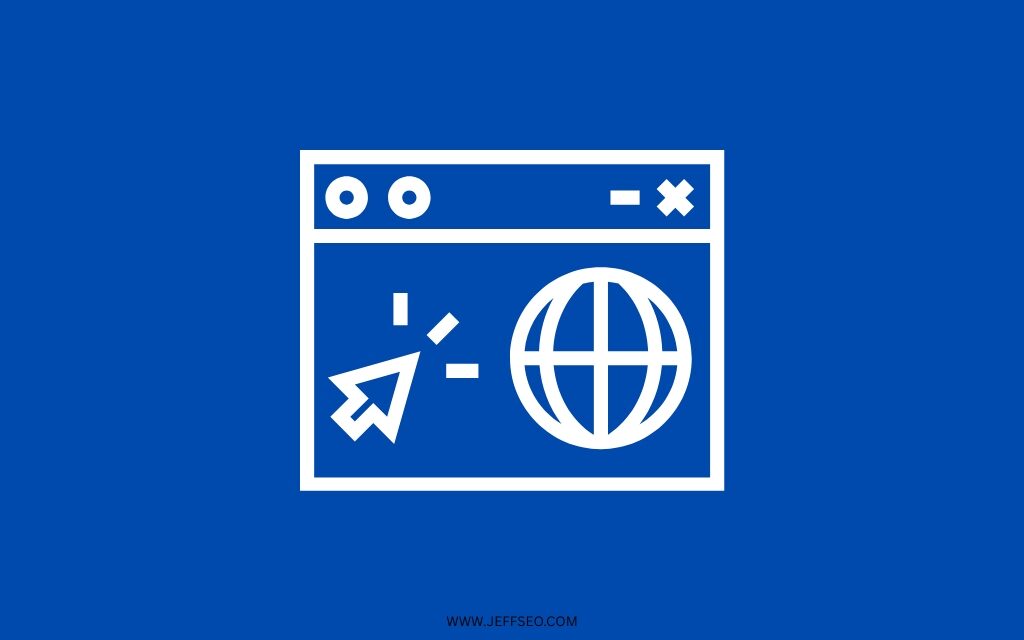Introduction
Have you ever visited a website and felt like you were being asked to buy something before you even understood what it was? This common experience often results from premature calls to action (CTAs). “Premature calls to action” refer to prompts that urge visitors to take action before they are ready.
Many web designers overlook the visitor’s decision-making journey, pushing users toward conversion without first providing the necessary information and context to build confidence in their decision. This disconnect can lead to higher bounce rates, reduced conversions, and missed opportunities to effectively engage potential customers. This usually occurs on the home page.
The home page of a website is a critical touchpoint in the digital landscape, often serving as the first interaction a potential customer or stakeholder has with a brand. To truly captivate and guide these visitors, web developers, and designers must move beyond simply showcasing information. Instead, they should focus on understanding and strategically applying the concept of the visitor journey, which is the stages a user goes through from initial awareness, where they first discover a product or service, to consideration, where they seek more information, and finally to the decision stage, where they are ready to take action. Each stage requires a different approach to communication and persuasion.
However, despite the importance of aligning CTAs with the visitor journey, this aspect of home page design remains underexplored. While studies have examined the impact of CTAs on user behavior and conversion rates, few have explicitly focused on the risks of premature CTAs or the role of the visitor journey in effective web design. This brief review aims to address this gap by analyzing 116 randomly selected home pages to identify common design flaws, highlight the importance of considering the user journey, and provide insights into more effective CTA placement strategies.
Specifically, this research seeks to answer the following questions:
- How often do web designers and developers use premature CTAs on home pages?
- What impact does the alignment (or lack thereof) of CTA placement have on the user experience and conversion potential?
This report will explore how a deep understanding of the various stages a visitor goes through – from initial awareness to final action – is paramount in crafting a compelling home page that resonates with users, anticipates their needs, and ultimately drives desired outcomes. By prioritizing the visitor journey, web designers and developers can transform their home pages from static landing pages into dynamic and effective tools for engagement and conversion.
Key Findings from the Study
1. CTA Placement Trends
- Approximately 70% of websites place their primary CTA above the fold.
- This suggests a strong industry preference for immediate visibility of action items.
- Industries like hospitality, SaaS, and medical services particularly favor above-the-fold placement.
2. Industry-Specific CTA Patterns

- Non-Profits: Heavily utilize emotional appeals with CTAs like “Donate Now” (8 out of 12 non-profits use donation-focused CTAs)
- Medical: Strong preference for appointment-based CTAs (“Request Appointment,” “Schedule Visit”)
- SaaS: Primarily use “Get Started” or “Request Demo” CTAs that focus on trial/demonstration experiences
- Hospitality: Consistently use booking-related CTAs (“Book Now,” “Check Availability”)
3. CTA Prematurity Issues

- About 40% of websites have premature CTAs [that ask for commitments before establishing sufficient value]
- This issue is particularly prevalent in medical (73%) and personal care (67%)
- SaaS companies often request demos or sign-ups without fully explaining the benefits of their products.
4. Brand Identity and Value Proposition
- 92% of websites have clear identity markers
- Only about 50% communicate their value proposition clearly on the home page.
- The manufacturing and construction industries are notably weak in value proposition clarity.
5. Trust Element Inclusion
- Only about 45% of websites incorporate trust elements on their home page.
- SaaS, medical, and legal industries prioritize trust elements more than others.
- Most hospitality sites lack trust indicators, despite handling financial transactions.
6. User Experience Quality
- Overall UX distribution: Good (52%), Ok (42%), Bad (6%)
- Accessibility issues were noted on several sites, especially in the hospitality and construction sectors.
- SaaS and tech companies generally demonstrate better UX practices.
7. CTA Language Patterns
- Generic CTAs such as “Learn More” (22 instances) and “Contact Us” (11 instances) are extremely common.
- More specifically, action-oriented CTAs appear to correlate with better overall user experiences.
- Non-profit organizations use more emotionally driven CTA language.
These findings suggest that while most Web Designers understand basic CTA placement principles, there are significant opportunities for improvement in CTA specificity, value proposition clarity, and trust-building elements across most industries.
Connecting Theory: The Role of the AIDA Model
These findings closely mirror principles found in the AIDA model (Attention, Interest, Desire, Action), a long-standing framework in marketing and copywriting. AIDA emphasizes guiding users through a logical and emotional sequence before prompting action. When Web Developers place CTAs before establishing clarity or trust, jumping straight to the“Action” phase, they disrupt this sequence. This misalignment often leads to user resistance, confusion, or exit. By contrast, home pages that respect the visitor journey and progressively build interest and desire are more likely to achieve meaningful engagement and conversion.
Core Elements of an Effective Homepage (Aligned with the Visitor Journey)

To fully support the visitor journey and increase engagement, every homepage should aim to include:
- Clear Brand Identity (Logo, tagline, consistent visuals)
- Compelling Headline (Grabs attention, conveys purpose)
- Value Proposition (What you offer and why it matters)
- Primary CTA (Clear, action-oriented, visible)
- Secondary CTA (For those not yet ready to commit)
- Social Proof (Testimonials, logos, ratings)
- Visual Hierarchy (Easy-to-scan layout and flow)
- Trust Elements (Certifications, awards, privacy notices, guarantees)
- FAQ Section (Where applicable)
- Footer Contact Form (To reduce friction)
These elements, when arranged strategically, guide the user from awareness to action, turning a homepage from a passive introduction into an active conversion tool.
Conclusion: Designing with the Visitor in Mind
The results of this study underscore a critical truth: effective home page design is not about placing a CTA as early as possible; it’s about placing it strategically. When CTAs are aligned with the visitor’s readiness, supported by clear messaging, trust elements, and a thoughtful user experience, they become far more effective.
For web designers and marketers alike, the shift from a CTA-first mindset to a visitor-first strategy is essential. By respecting the user’s journey and designing each element of the home page with purpose and progression, we can create not just better websites, but also better results. Shifting from a CTA-first mindset to a visitor-first mindset can help us design home pages that don’t just look good, but truly work.


